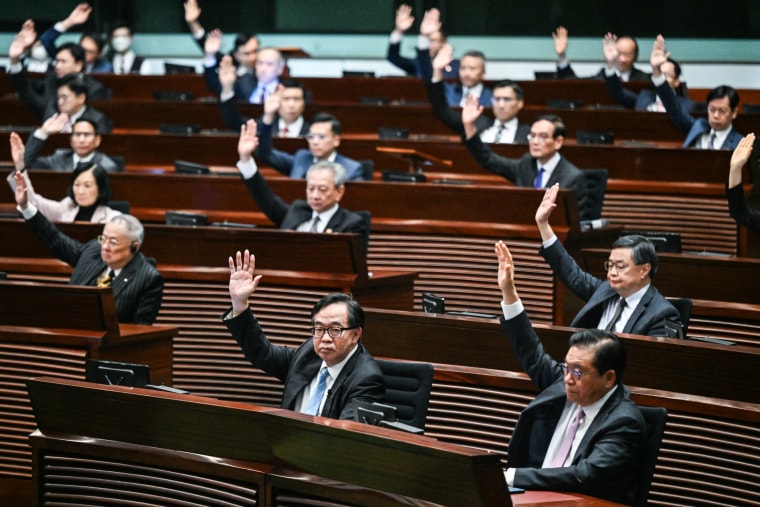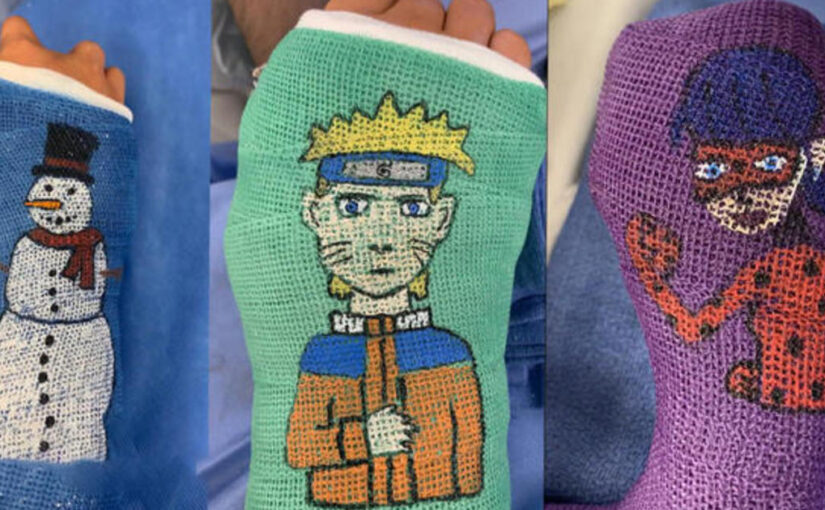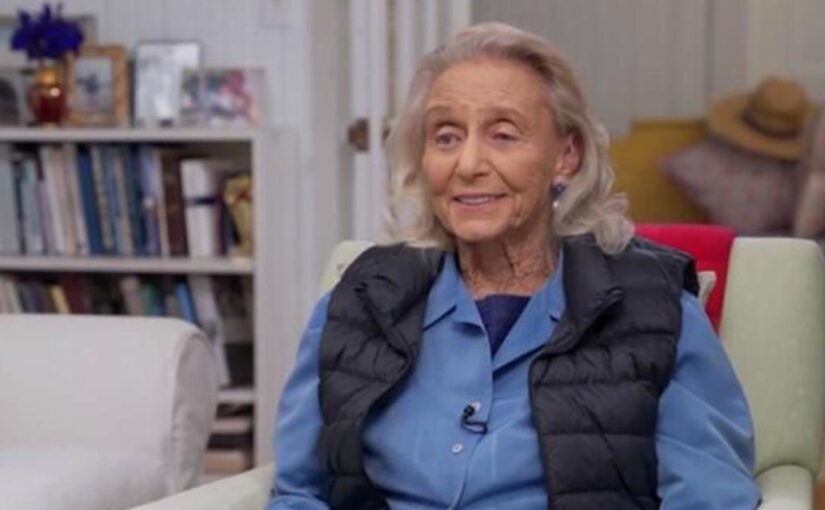There was no way Mark and Jan Lawrance could have known what life would hold for their adorable twins, Will and Joe.
“You couldn’t tell one from the other,” said Mark. “Joe and Will. Who’s Joe? Who’s Will? So, they just very quickly became ‘JoeWill.'”
No way to know what was coming, and perhaps no way to go on if they had.
Jan said, “These guys weren’t just close; there was almost an interconnectedness. When they were little, if Will fell, Joe cried harder than Will did.”
In high school the boys discovered art. Their teachers, Basil Smotherman and Vicki Ayres, were stunned by the way they expressed their individuality, while also remaining tightly connected to each other.
“They were living, breathing and drinking [art],” said Smotherman.
Ayres said, “I would walk in on them working and they’d be looking at each other’s work, but they were not saying a word. And I remember joking with them once: ‘Are you talking telepathically?'”
Their senior self-portraits – Will’s, a teenage boy with spikey hair and pimples; and Joe’s, made from thousands of magazine fragments – left no doubt the twins were special.
Will and Joe Lawrance
Smotherman said, “On average, you wouldn’t see this work coming from a high school kid.”
After high school, Joe moved to New York City to study at the Cooper Union, while Will was far away at the Art Institute of Chicago. Their parents said they did not foresee issues when it came time for the twins to separate. “We just thought they were going to get their own identities and create their own little worlds,” said Jan.
Joe and Will Lawrence
But in the fall of 2004, it became clear those worlds were filled with suffering. Joe’s roommate called the Lawrances to tell them that Joe had attempted to take his own life.
Mark and Jan, who’d watched their boys’ interconnectedness from infancy, knew what threatened one, would also threaten the other.
Jan said they thought they’d better keep an eye on Will, “but Will basically stomped his foot and said, ‘I would never do that. I would never do that!'”
But JoeWill were in the grips of depression. Jan and Mark tried everything. Joe would attempt, and fail, to take his life again in 2006. Five years later, Will would succeed in taking his. He was 26.
Jan recalled when a police officer and a chaplain came to their door: “And Mark standing with them, and he said, ‘It’s Will. He died.’ And I fell to the brick entry and just started screaming.”
Joe’s reaction? “He said, ‘Oh, I knew he died. The second he died, I knew it,'” said Jan.
Joe said he felt as if half of him had died.
In 2017, six years after Will’s death, police were once again knocking on the Lawrances’ front door. Mark knew: “Yeah, I just said to them, I said: ‘It’s our son, isn’t it?'”
Joe was 32.
Axelrod said, “The degree to which you two must have been shattered is incomprehensible.”
Jan said, “It literally is the very beginning. You feel like: I wonder how come my arms are so heavy? I mean, you don’t even feel [you] can lift up the glass of water.”
“A half a dozen years later, where are you with your grief?” asked Axelrod.
“You go forward, then you come backwards,” Jan replied. “The thing is, you’re shattered in a million pieces and then you rebuild your wholeness. You’re not gonna ever be the same.”
Part of the Lawrances’ healing was found in their sons’ work. They’d been prodigious: sketches, sculptures, paintings. Hundreds and hundreds of pieces, stored in closets, under beds. “Stuff keeps surfacing that you think, wow, I thought I’d found it all,” Jan said. “It’s like we always go: Hi Joe, Hi Will. When you know something happens, we call them God winks, or little winks. So, we get winks all the time.”
CBS News
The Lawrances felt those winks had power in them – power they wanted others to feel. Last April, an exhibit opened at the Indianapolis Art Center: “JoeWill: Better Together.”
Short videos told their story, and spread awareness about depression.
More than 100 of JoeWill’s works were curated by exhibitions manager Alex Moore. “If you walk into a space digesting certain struggles of your own, and you see those reflected in the objects, it’s validating,” Moore said. “It tells you that you’re not alone. It tells you that your experience is human.”
CBS News
Mark and Jan found enormous comfort there. “The boys are here,” said Jan. “They’re filling the halls. They’re talking to us.”
They said it was therapeutic to visit with them again. “It was beautiful,” Jan said. “We went almost every day for the two months. I mean, I feel like I was not even walking on the ground. I felt elevated, not just emotionally and spiritually, but physically. I thought: Am I levitated?“
“It was pure joy,” said Mark.
Which is why, outside the art center, in front of a sculpture called “Confluence,” the Lawrances spread some of their sons’ ashes. What was supposed to be a limited run of JoeWill’s work will now have a permanent gallery.
In death they will continue to educate, inform, and – hopefully – inspire.
Axelrod asked, “It’s almost inconceivable that any mother and father could carry this burden. Why are you telling their story?”
“I want to celebrate their talent,” Jan replied. “I don’t want to focus on how they died. We want to celebrate their accomplishments and their enduring legacy and the artwork that they left behind. They aren’t suffering; they’re together, and they are one.”
CBS News
If you or someone you know is in emotional distress or a suicidal crisis, you can reach the 988 Suicide & Crisis Lifeline by calling or texting 988. You can also chat with the 988 Suicide & Crisis Lifeline here.
For more info:
Story produced by Jay Kernis. Editor: Lauren Barnello.










